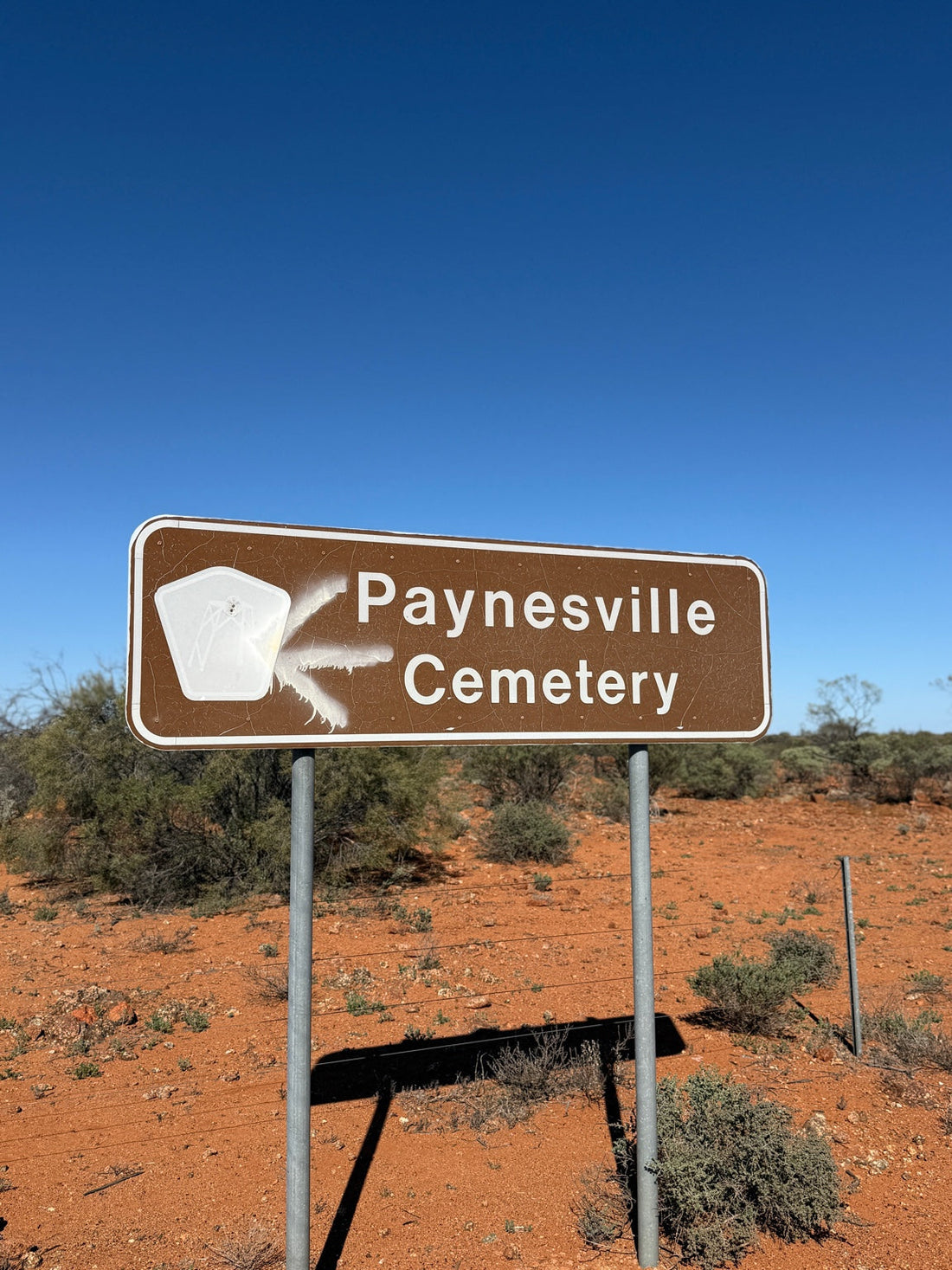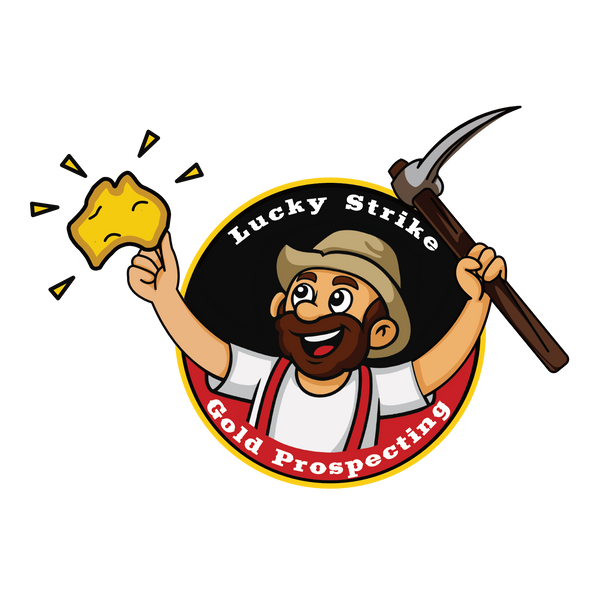
Forgotten Graves of the Outback – Paynesville Cemetery, WA
Share
Nestled in the red dirt country near Paynesville, WA, is a cemetery you could easily miss if you weren’t looking. There are no marble monuments or manicured lawns here — just sun-bleached soil, rusted iron railings, sparse shrubs, and humble plaques facing the unforgiving Australian sun.
Yet, this seemingly barren patch of ground tells a powerful story. A story of pioneers, prospectors, miners and tradesmen who ventured into the outback in search of fortune and a better life. Some succeeded. Many did not. But all helped shape the legacy of Australia’s goldfields.
This month, we visited Paynesville Cemetery — a haunting and humbling stop that transported us back to a time when survival in the outback was never guaranteed.
The Work of the Outback Graves Project
Thanks to the tireless efforts of the Outback Graves Project, many of these lost stories have now been rediscovered.
The Outback Graves Project is a non-profit organisation founded by volunteers passionate about preserving the memory of early settlers and workers buried in remote Western Australia. These individuals often died far from home, their graves unmarked and their stories undocumented. Through genealogical research, local knowledge, and fieldwork, the team identifies burial sites, installs plaques, and records the stories of those long forgotten.
Without this initiative, Paynesville Cemetery — and hundreds of others like it — would likely remain silent forever.
The Lives Remembered

Among the graves we found was that of Ernest Harbordt, a miner who died on 11 February 1899. At just 24 years old, he was killed by a fall of rocks — a tragic but not uncommon fate for those working underground in the gold rush era.

Nearby lies Timothy O’Regan, aged 33, who met a similar end in 1901, not from a cave-in, but from a bucket falling down a mineshaft. It’s a stark reminder that even routine tasks could become fatal in these dangerous conditions.

Another plaque marks the final resting place of Robert Milligan, a prospector estimated to be around 60 years old when he died in 1928 from a gunshot wound. Whether by accident, dispute, or something darker, the grave leaves more questions than answers.


Not all those buried here died in tragic circumstances. James M.G. Torrance, a 55-year-old gardener, died of natural causes in 1935. So did Ernest Bruno Eiffler, a carpenter aged 74, who passed away on 27 December 1915 — an unusually long life for the era.
A Story That Crosses Continents
Ernest Bruno Eiffler’s story deserves special mention. Born in Görlitz, Silesia-Prussia (modern-day Germany) in 1841, Ernest migrated to Australia via London, arriving at Port Phillip, Melbourne in 1865. He worked across Victoria as a contractor, carpenter, and dairyman, fathering a large family before eventually settling in Western Australia around 1901.
After working as a miner in Cuddingwarra and Paynesville, Ernest passed away in 1915 and was buried in the very soil he had once prospected. Over a century later, his descendants returned to this remote region and installed a beautifully crafted memorial plaque to ensure his legacy lives on.
The plaque now stands proudly in the red dirt, surrounded by spinifex and silence — a poignant tribute to the enduring connection between past and present.
Why It Matters
Places like Paynesville Cemetery are easy to overlook. There are no grand entrances or tourist signs. But these sites offer an honest, unfiltered glimpse into Australia’s frontier history.
These were real people. Workers. Dreamers. Migrants. Fathers. Sons. Each with a story, each buried in the outback they once walked. Thanks to the Outback Graves Project and the families who still care, these voices are no longer lost to time.
Visiting Paynesville
If you're travelling the WA goldfields, we highly recommend stopping at Paynesville Cemetery. Bring water, tread respectfully, and take a moment to read the names, dates, and causes of death. You’ll walk away with more than photos — you’ll carry the weight of history with you.
To learn more or support the work being done, visit the official site at
🔗 www.outbackgraves.org





